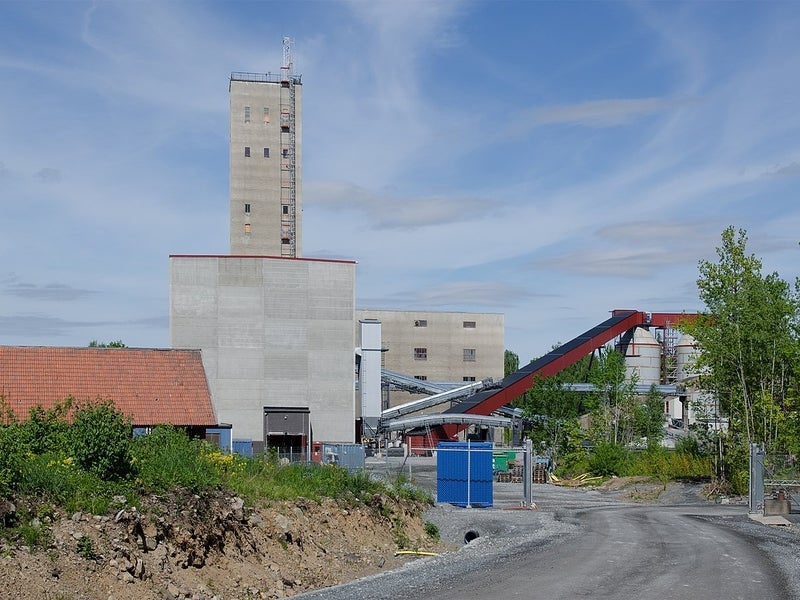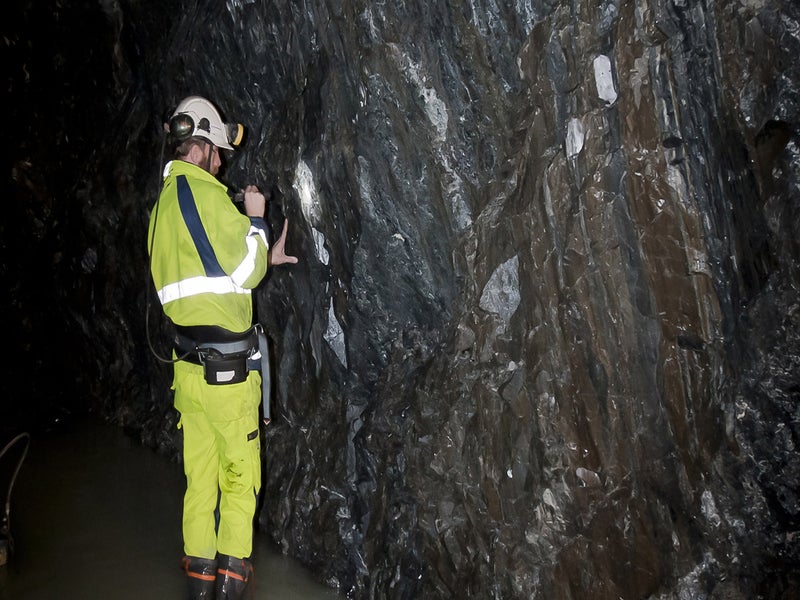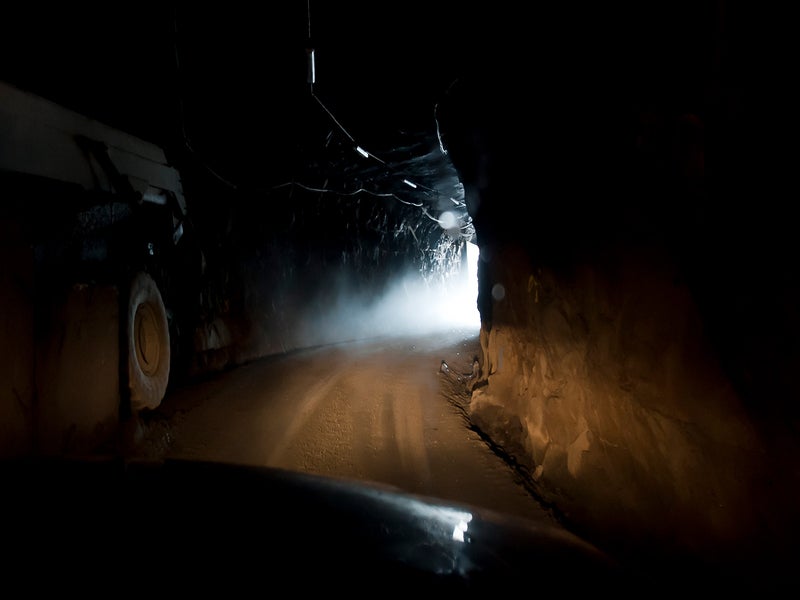The ancient Dannemora iron ore mine in Uppland, Sweden, is planned to be restarted by Grängesberg Exploration (GRANGEX). With the start of mining activities traced back to as early as the 13th century, Dannemora was recognised as one of the biggest iron ore mines in Europe between the 17th and 20th centuries.
The underground mine was last operated by Dannemora Magnetit (DMAB) from 2012 until the company went bankrupt in 2015.
Grangesberg Exploration, which acquired the Dannemora mining concession in August 2020, was purchased by Metallvarlden I Sverig in November 2020. Metallvarlden I Sverig later changed its name to Grängesberg Exploration Holding (GRANGEX) and completed a scoping study to restart the mine in May 2021. It was followed by a prefeasibility study (PFS) completed in January 2022.
The PFS calls for a three million tonnes per annum (Mtpa) low-carbon underground mining operation to produce 1.1 million dry tonnes (Mdt) of magnetite iron ore concentrate a year over an estimated mine life of nine years. The capital expenditure required for the mine restart is estimated to be $130.97m.
Location, geology and mineralisation
The Dannemora iron ore mine is located near Osterbybruk, in the municipality of Osthammar, in Uppland county, Sweden, 105km north-east of Stockholm.
It is a manganese-rich skarn deposit hosted within the Svecofennian metavolcanic and metasedimentary rocks of the Leptite Formation.
The magnetite mineralisation is mostly concentrated within dolomitic units between large granitoid intrusive bodies, along a 3km strike length of the northeast-trending Dannemora Syncline. The width of mineralised zones varies between 400m and 800m.
Iron ore reserves at Dannemora
The Dannemora iron ore mine was estimated to hold 25.36 million tonnes (Mt) of probable ore reserves grading 33.44% iron (Fe) as of December 2021.
Furthermore, the measured and indicated resources at the mine stand at 28.18Mt grading 36.54% Fe.
Mining and ore processing
The recommencement of mining at Dannemora will require dewatering the mine, followed by the excavation of caverns for the underground crusher on the 460m level, the raise-boring of ore passes to the underground crusher, and the refurbishment of the existing central shaft hoisting system.
Dannemora is indented to use a fully integrated electrical underground fleet of mobile mining equipment, including drill rigs, rock bolters, trucks and loaders, to reduce the carbon footprint of the mining operation.
Sublevel caving (SLC) underground mining method will be employed to extract ore, which will be trucked through the ore passes to the underground crusher facility.
The ore material from the underground crusher will be hoisted to the surface via the central shaft hoisting system by skip. It will undergo further crushing and grinding in a high-pressure grinding roll (HPGR) before passing through two-stage magnetic separation at a nearby processing plant to produce iron ore concentrate.
The iron ore concentrate obtained from low-intensity magnetic separators (LIMS) will undergo flotation to remove sulphur minerals before being dewatered and filtered to produce the final product, which will be railed to the Port of Hargshamn for export.
The coarse tailings produced by medium-intensity magnetic separation will be sent back to the mine for backfilling, whereas the fine tailings obtained from the LIMS will be sent to a tailings storage facility.
Existing infrastructure
The Dannemora iron ore mine has two existing ramps to access the underground workings, along with a 610m-deep central hoisting shaft, which will be refurbished as part of the mine restart project.
The mine site is also connected to the national power system through two existing 20MW transmission lines.
Contractors involved
Golder Associates completed the scoping study as well as the PFS for the Dannemora iron ore mine restart in May 2021 and January 2022, respectively.





